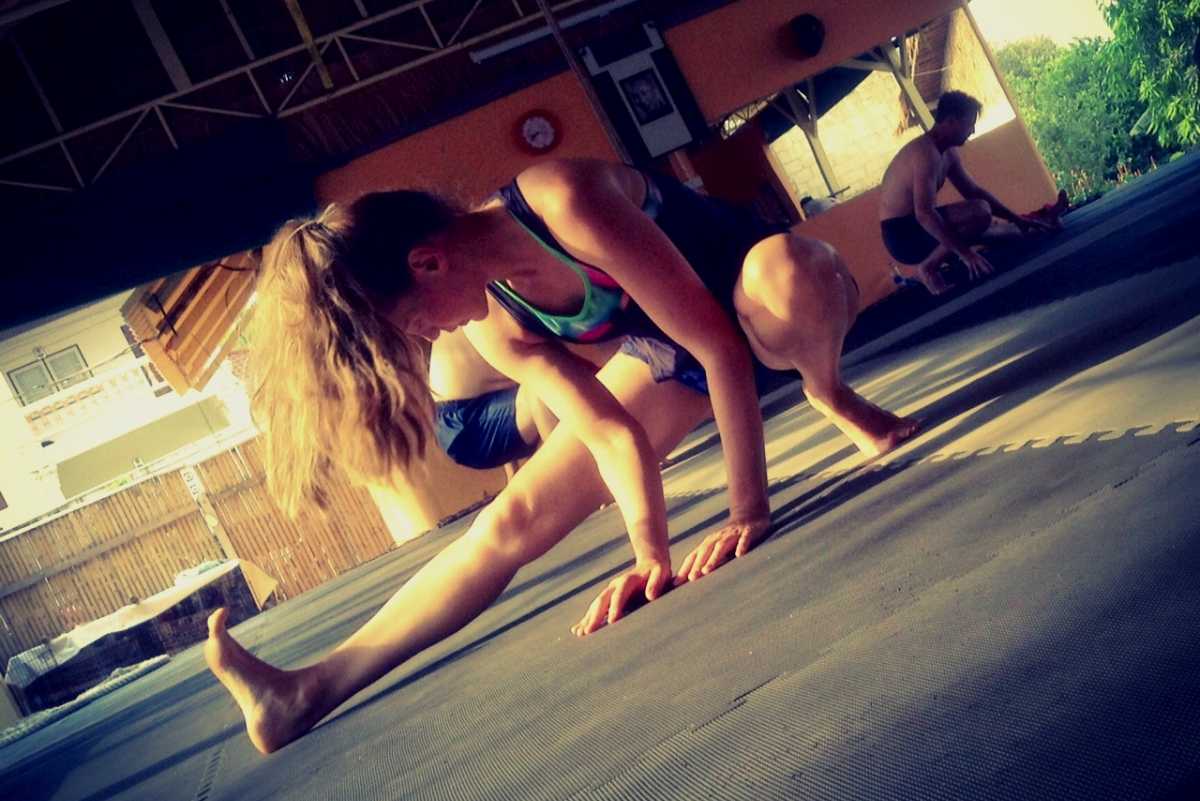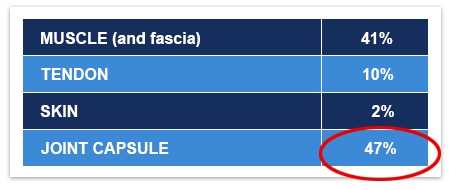Move with Purpose & Precision

When you're stiff and tight, everything takes more effort.
Daily activities like putting things away on the top shelf of the cupboard can go from a task you should be able to easily do but instead, you're forced to grab a step stool so you don't have to reach up and experience the associated pain.
Exercises in the gym that you should be able to do without an issues instead cause you pain and you just end up avoiding them altogether and find that the list of exercises you have to avoid continues to grow.
And if you do any sports like golf or tennis or martial arts, you might find yourself getting slower and less powerful and you might even be chalking it up to "old age".
The specific exercises will address:
- Rounded shoulders
- Forward head
- Excessively curved thoracic spine
- Depressed ribcage / sunken chest
- Inability to touch your hands behind your back
- Inability to reach your arms overhead without pain
- Hip mobility
- patellofemoral pain syndrome - Knee pain
Traditional Static Stretching is BROKEN
Proper flexibility is crucial for being able to train with good form.
Tight muscles prevent your body from performing the way it should and cause muscular imbalances, and compensatory movement patterns that will ultimately end up in pain and injury.
That's why addressing flexibility is the FIRST STEP to getting in shape.
It is crucial to address all of the factors you need to rapidly increase flexibility and maintain the gains you make.
There's a lot more to flexibility than just tight muscles.
Flexibility is specific and if all you're doing is passive, static stretching, you're not improving your range of motion for dynamic movements, since dynamic movements require more than just flexible muscles.
Consider this:
If you stretch and stretch a muscle until you gain length, but you don't strengthen that new range of motion, what do you think will happen?
Your nervous system perceives this as a dangerous situation, because you've created a situation where you have range of motion without strength or control.
This is also known as INSTABILITY, which you nervous system knows is dangerous, so it simply tightens your muscles back up.
Not to mention the fact that muscle length isn't even the biggest culprit keeping you tight.
In his book "The Science of Flexibility", author Michael Alter reveals data showing that tight muscles aren't the biggest factor limiting our flexibility.

As you can see, both muscles and fascia are second to the joint capsule, which provides 47% of the restriction to our flexibility.
But with the 3D Flexibility System, we address all factors that keep you tight and quickly increase flexibility and performance while decreasing aches, pains and risk of injury.
 Palapon
Palapon